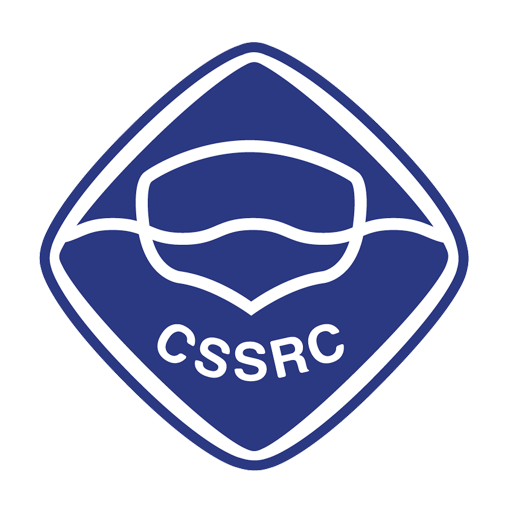 The title article is published as the first paper in volume 30 issue 1 of Journal of Hydrodynamics, and also is the first OA article since cooperation between Springer Nature and Journal of Hydrodynamics.
The title article is published as the first paper in volume 30 issue 1 of Journal of Hydrodynamics, and also is the first OA article since cooperation between Springer Nature and Journal of Hydrodynamics.
In the paper, a review of the state-of-the-art of the spectral/hp element method and its applications in hydrodynamics is presented. The numerical advantages and robustness of the method are briefly discussed. Especially, the recent developments of the method in local and global dealiasing techniques and spectral vanishing viscosity (SVV) are highlighted. In terms of SVV, the concept of SVV-based implicit large eddy simulation is emphasized for high Reynolds fluid flows. As described in the paper, the spectral/hp element method combines the geometric flexibility of the classical h-type finite element technique with the desirable numerical properties of spectral methods, employing high-degree piecewise polynomial basis functions on coarse finite element-type meshes. The spatial approximation is based upon orthogonal polynomials, such as Legendre or Chebychev polynomials, modified to accommodate a C0-continuous expansion. Computationally and theoretically, by increasing the polynomial order p, high-precision solutions and fast convergence can be obtained and, in particular, under certain regularity assumptions an exponential reduction in approximation error between numerical and exact solutions can be achieved. In implementation of the spectral/hp element method, the open-source project of Nektar++ has already provided an efficient framework upon which a broad range of physical processes can be modelled for applications in engineering and science. The central concept captured in Nektar++ is high-order spectral/hp element spatial discretisations and high-order time integration algorithms are also implemented to allow for highly accurate transient simulations. In order to accommodate high precision computations on curved computational geometries, NekMesh, which is a mesh generation and manipulation utility bundled with Nektar++, supports various strategies for high-order mesh generation. The spectral/hp element method has now been applied in many simulation studies of both fundamental and practical engineering flows. This paper briefly describes the formulation of the spectral/hp element method and provides an overview of its application to computational fluid dynamics. In particular, it focuses on the use of the spectral/hp element method in transitional flows and ocean engineering. Finally, some of the major challenges to be overcome in order to use the spectral/hp element method in more complex science and engineering applications are discussed.
The open-source project, Nektar++, is led by Spencer Sherwin who is Professor of Computational Fluid Mechanics and the Head of Aerodynamics Section in the Department of Aeronautics at Imperial College London. He received his MSE and Ph. D. from the Department of Mechanical and Aerospace Engineering Department at Princeton University in 1995. Prior to this he received his BEng from the Department of Aeronautics at Imperial College London in 1990. In 1995, he joined the Department of Aeronautics at Imperial College as a lecturer and subsequently became a full professor in 2005. Over the past 27 years he has specialised in the development and application of advanced parallel spectral/hp element methods for flows around complex geometries with a particular emphasis on vortical and bluff body flows, biomedical modelling of the cardiovascular system and more recently in industrial practice through the partnerships with McLaren Racing and Rolls Royce. Professor Sherwin’s research group also develops and distributes the open-source spectral/hp element package Nektar++ (www.nektar.info) which has been applied to direct numerical simulation, large eddy simulation and stability analysis to a range of applications including vortex flows of relevance to offshore engineering and vehicle aerodynamics as well as biomedical flows associated with arterial atherosclerosis. He has published numerous peer-reviewed papers in international journals covering topics from numerical analysis to applied and fundamental fluid mechanics and co-authored a highly cited book on the spectral/hp element method. Since 2014 Prof. Sherwin has served as an associate editor of the Journal of Fluid Mechanics. He is a Fellow of the Royal Aeronautical Society, a Fellow of the American Physical Society and in 2017 he was elected a Fellow of the Royal Academy of Engineering.

